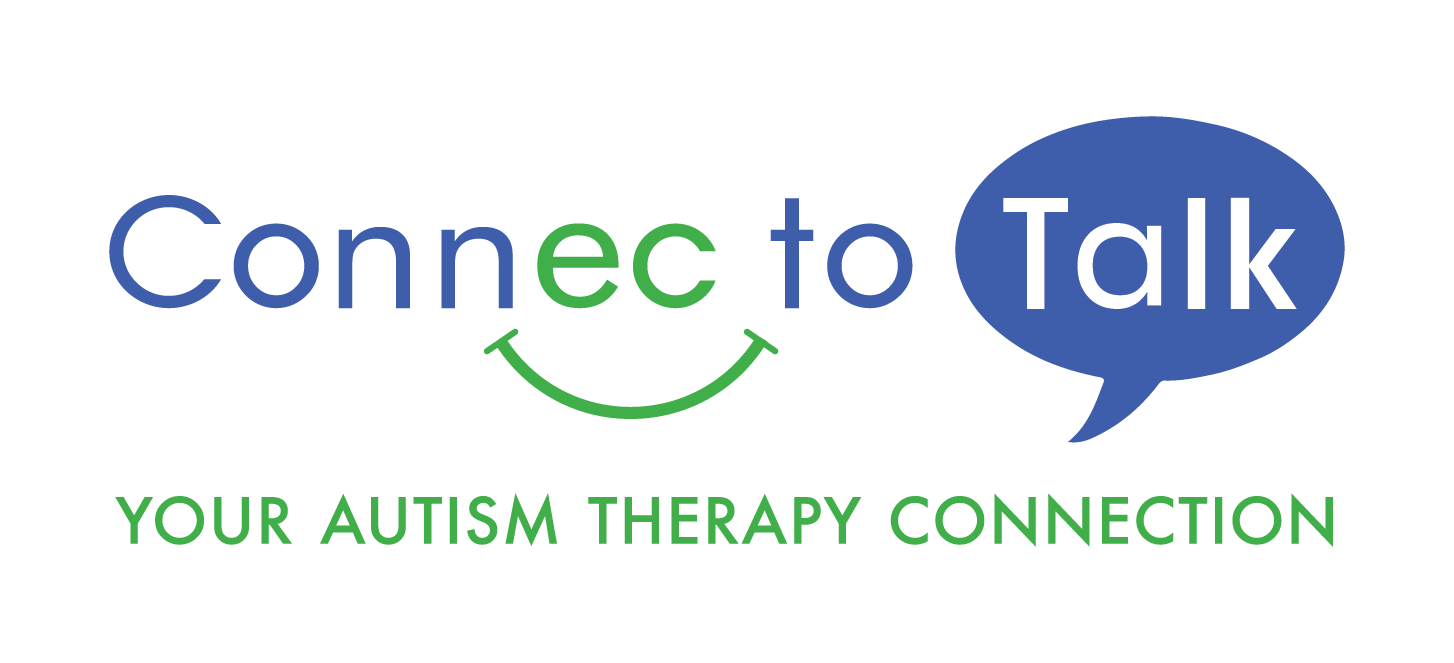![What is ABA Therapy? | Understanding ABA What is ABA Therapy? Applied Behavior Analysis, or ABA, is the science of using behavioral principles to change socially-significant behaviors. ABA is currently used to help people with a wide range of challenges including substance abuse, business and organizational management, stroke and traumatic brain injury recovery, and classroom management in public schools (just to name […]](https://connec-to-talk.com/wp-content/uploads/2022/03/Connec-to-Talk-Website-Mockup-5-1.png)
What is ABA Therapy?
Applied Behavior Analysis, or ABA, is the science of using behavioral principles to change socially-significant behaviors. ABA is currently used to help people with a wide range of challenges including substance abuse, business and organizational management, stroke and traumatic brain injury recovery, and classroom management in public schools (just to name a few). Since the 1960’s the public’s awareness of ABA has grown tremendously, particularly because its methods have been effective at treating people with Autism Spectrum Disorder (ASD). The core principles of ABA center around causing meaningful and long-lasting changes in behavior (Baer, Wolf, & Risley, 1968)..
Benefits of ABA Therapy
Over time ABA has proven to be the only evidence-based treatment (Wong et al. 2014) for ASD. ABA has been shown in countless peer-reviewed research studies, and in clinical practices, to be effective at treating the core symptoms of autism (e.g. deficits in communication, social skills, and repetitive and interfering behaviors). ABA uses the science of learning to identify how individuals learn best, and directly makes necessary changes in learners’ environment to enact meaningful behavioral change.
Behavior analytic procedures have been shown to be effective at increasing learner skills, decreasing challenging or problematic behaviors through reinforcement-based learning, and maintaining learner skills over time. ABA has been supported by the United States Surgeon General (1998) and is an approved intervention by many insurance providers. Unlike fad treatments, behavior analysis is based in science and seeks to change observable behavior in a s meaningful way while respecting each learner’s dignity, and the unique culture and values of their family.
“Throughout my time in the field, I have seen firsthand how applying the principles of ABA to clients with ASD has enabled them to make huge strides in many important areas of their lives such as communicating effectively, increasing their social skills, using socially appropriate language, and developing strong relationships with those around them. These behavioral changes lead to a higher quality of life for the individual,” said Nicole Haferl, CTT Quality Care Manager.
While working with individuals with ASD, Behavior Analysts (board certified practitioners and licensed in many states) make use of client motivation to ensure that learning is accessible and individualized to each learner’s needs. While behavior analysis is widely accepted, there are still many myths and misconceptions about the science that may be prevalent in social media and cause concern for families. This article by Dr. Todd Ward, BCBA-D, LBA (2015) addresses 10 of the most common myths.
A Personalized Approach
At Connec-to-Talk, we strive to meet the needs of the whole child. Each ABA program is designed by a credentialed Board Certified Behavior Analyst (BCBA) who is licensed in their respective state (LBA). BCBA/LBAs receive input from and collaborate with speech-language and occupational therapists at Connec-to-Talk. We factor your child’s age, attention-level, and tolerance as we design a personalized therapy plan. Our goal is to enable your child to develop and successfully transfer the skills acquired in therapy to everyday life.



Leave a Reply